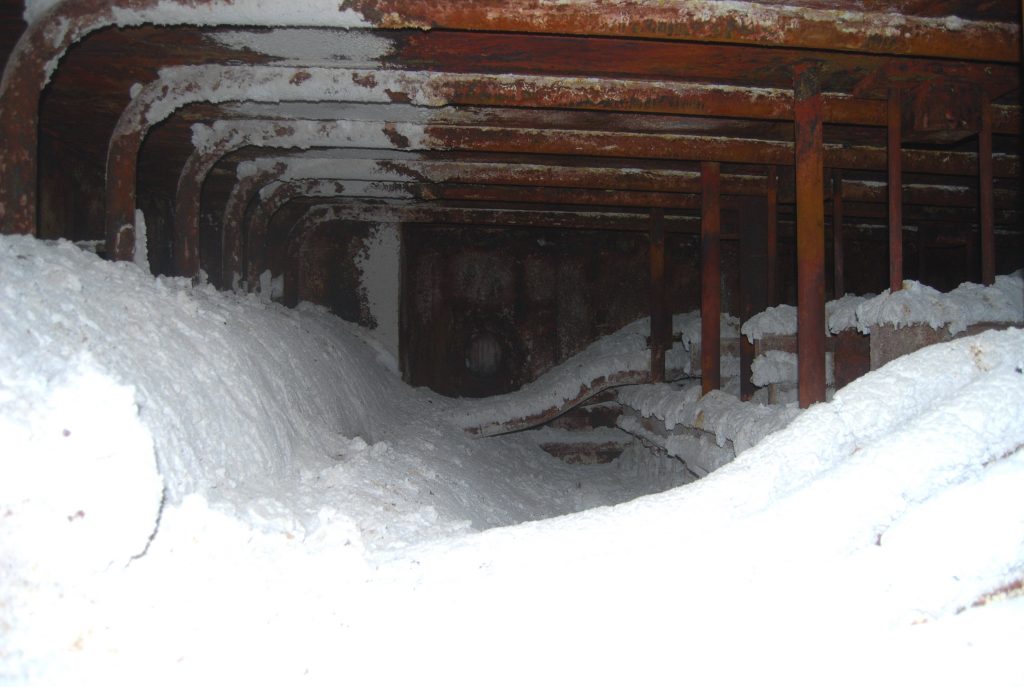Kraft Recovery Boilers
Be Aware Of...
The Kraft process is a conversion reaction in which wood chips are digested in a batch reactor, at high alkaline water solution of NaOH and Na2S, to break up the lignin that holds the wood fibers together while obtaining almost pure cellulose, the main component of paper.
The waste stream produced from this industrial process is an aqueous black slurry, which contains great heat value due to its significant organic content, mainly, lignin and aliphatic carboxylic acids. The residual is dried in a multiple-effects evaporator to increase its solid content up to about 75% in weight.
Then, this concentrated slurry is atomized and combusted in Kraft Recovery Boiler to produce steam for self-consumption or electricity generation. However, the residual is also composed of inorganic species, including Na, K, S, Cl and C.
These elements are volatilized in the furnace of the boiler, where many complex reaction mechanisms occur at different air levels, producing a great variety of chemical compounds such as Na2SO4, KCl, K2SO4 and Na2CO3. All of them are carried in the flue gases as fly ashes.
Here is the bad thing…carryover particles deposit in the front and backside of the superheaters causing rock-like formations that can block the entire unit and cause devastating consequences. The effects are shown in the below picture, which I took in an inspection during a shutdown.




